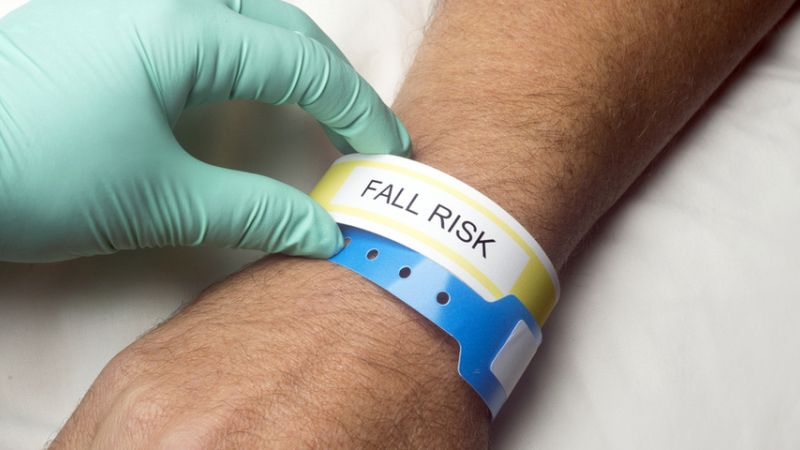The topic of falls in elderly populations can be uncomfortable to talk about, as a fall can be a devastating experience. According to the CDC, over 800,000 patients a year are hospitalized because of a fall injury, most often because of a broken hip or head injury. Besides falls resulting in injury, they can also result in high healthcare costs. Let’s further examine the costs of falls among older adults.
A Terrifying Frequency
In 2016, there were more than 49 million individuals over the age of 65 living in the United States. More than 10,000 people turn 65 every single day due largely in part to the size of the aging Baby Boomer generation. While senior individuals face a variety of health concerns due to advancing age, 1 out of every 4 seniors will fall every year. Out of those falls in older adults, 1 in 5 will result in a serious injury.
The Cost of a Fall
Falling isn’t just scary in that it can cause injuries — the healthcare costs from falls can be extremely high as well. Just visiting the emergency room can cost upwards of $3,230. Being admitted to the hospital for a severe injury can cost nearly $21,000, and outpatient visits and follow-up appointments can cost more than $4,200 — and those are only the short-term costs.
On average, a person will spend around $500 on physical therapy to heal after a fall, $200 on occupational therapy evaluations, and more than $14,000 on long-term care.
For individuals who fall and spend a long time on the ground, the average hospital stay is 30 days. This visit can cost more than $70,000.
Fall Risks
What increases the risk of a fall for an older adult? More than half of all falls occur in the home, and environmental hazards like clutter, damaged steps and even throw rugs can increase risk. Other risk factors include:
- Lower body weakness: This issue can be caused by a variety of things, from age to poor nutrition or injury. Incorporate exercise into your life to strengthen your muscles and assist with fall prevention.
- Vitamin B deficiency: Nearly 1/4 of all seniors suffer from a vitamin B-12 deficiency which, if left untreated, can cause peripheral neuropathy — nerve problems in the limbs — and increase fall risks.
- Poor balance, poor footwear, and foot pain: Any of these can quickly cause a fall, and these are common issues for seniors. The number one way to limit your risk of a fall is to stay active.
- Medications that negatively affect balance: These can include tranquilizers, sedatives, and antidepressants. Also, be aware of medication mismanagement by learning about medication mismanagement signs and prevention.
This list offers just a small sampling of risk factors, which vary dramatically from patient to patient.
Fall Prevention
What can be done to decrease the risk of falls for these patients?
- Visit your doctor. A physician will be able to assess any fall risk factors and determine the best course of action to prevent falls. The doctor may also order a home assessment so that home-based risk factors can be altered to lower the risk.
- Exercise regularly, especially strength and balancing exercises, can also help to reduce the risk of falls. Wearables such as hip protectors can be used if weak hips are determined to be a risk factor.
- Get an eye exam, especially for aging patients, to ensure that they’re able to clearly see any obstacles in their path.
- Purchase in a Medical Guardian medical alert system. These lightweight, water-resistant, wearable devices alert first responders (24/7) with just the press of a button. These devices can be used in both emergency and non-emergency instances, depending on your needs. They can quite literally save lives.

